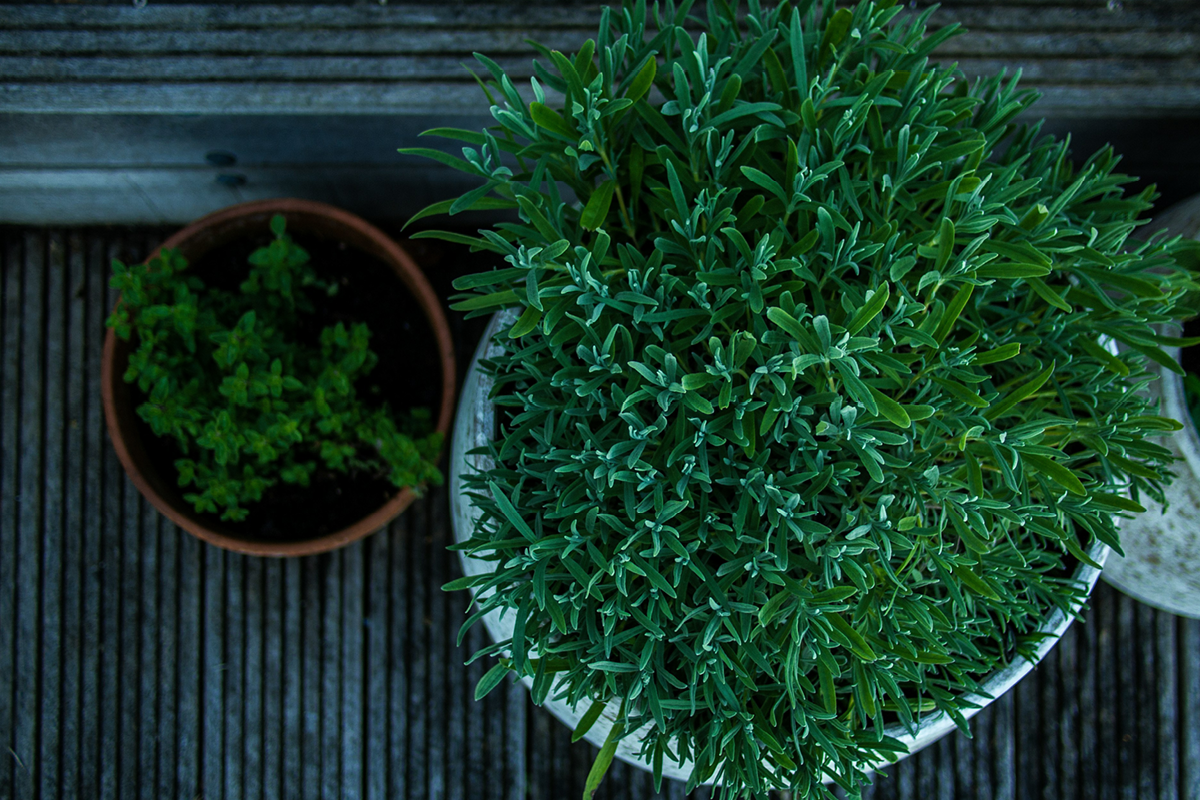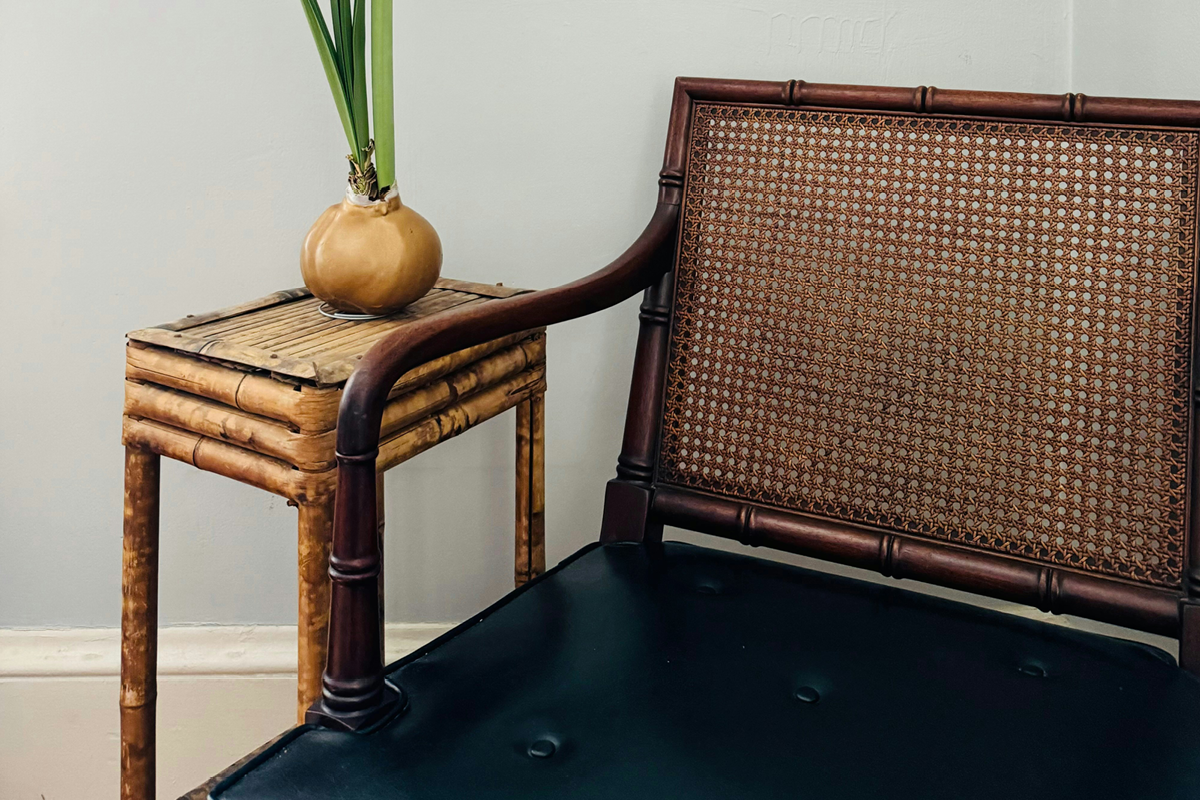EVERYTHING YOU NEED TO KNOW ABOUT INSTALLING OUTDOOR SOCKETS
To safely use electrical equipment outside, it’s advisable to have a dedicated external power point rather than a trailing extension lead from inside your home. So, let’s take a look at everything you need to know about installing an outdoor socket.
Electrician Steven Jones at HomeHow.co.uk explains all below…
Who can install an outdoor socket?
Only a qualified and registered electrician can install an outdoor socket. It is not a job that should be carried out as a DIY task, and the installation must comply with BS 7671 18th Edition of the Wiring Regulations.
There are too many safety issues to consider doing this work yourself, both for you as a homeowner and for anyone who may use the socket. Therefore, it’s important to hire an electrician to do this work for you.
What is an IP rating?
Any outdoor socket must be rated IP44 or higher to protect it against the weather. But what exactly is an IP rating?
IP stands for Ingress Protection. It relates to the ability of electronic equipment and electrical devices to resist liquid and dust ingress. The two numbers following IP relate to this level of protection.
The first digit refers to the resistance of the item against ‘solid’ material, but this typically refers to the ingress of dust. This first number goes from 0-6 with 0 being no protection and 6 being the highest level of protection.
The second digit refers to the level of protection against liquid ingress and goes from 0-9. Again, 0 means no protection and 9 is the protection of the item from high-pressure hot water coming from different angles.
Understandably, it’s very important for an external socket to have a high IP rating as it is exposed to the elements all the time. While the minimum IP rating is IP44, it’s advisable to have slightly higher, e.g., IP45 or better to withstand the British weather.
Where to position an outdoor socket?
Positioning of a new outdoor socket is not as straightforward as it may sound. There are regulations about the height at which an external socket must be fitted, i.e., at least 30 cm above the ground.
This is to protect the socket against water ingress during heavy rain. It is also to shorten the amount of cabling needed to connect the socket to the main power supply in order to protect against voltage drop and potential failure points.
If possible, place your outdoor socket somewhere sheltered or, at a minimum, the least exposed site that is still convenient for you to use the socket.
Materials required
The materials needed to install an outside socket are:
- Good quality outdoor socket
- 2.5 mm twin and earth cabling
- Silicone sealant
- Wall plugs
- Screws
- Conduit
Tools required
- SDS drill
- Combi drill
- Drill bits
- Screwdriver
- Wire strippers
- Spirit level
- Pencil
- Tape measure
An outdoor socket must be wired into an RCD (residual current device) protected circuit, according to IEE wiring regulations. Since 2022, the regulations state that the RCD must be able to cope with a 6mA DC fault current. This type of RCD is called a Type A.
In addition, the type of cable which will supply the outdoor socket should be capable of carrying the current to the socket without any issues. This may be 2.5 mm twin and earth or other types of cable such as steel wire armoured cable which can be buried in the ground.
Fitting an outdoor socket: Step by step
- Isolate the electricity supply to the area you are working in via the consumer unit.
- Check the wall you’re attaching the socket to for cables and water pipes before deciding on the exact location of the socket.
- Measure the position of your socket with the tape measure, ensuring it is at least 30 cm from ground level. Mark the wall with a pencil to indicate the position.
- Drill through the back plate of the socket where the cable and screws will go through, as well as the drainage hole. This hole is designed to allow condensation that may build up inside the socket to drain away.
- Using the SDS drill and suitable sized drill bit, make a hole through the wall for the conduit and cable, working at a slight upward angle. This helps to prevent rain ingress from outside.
- Turn off the hammer action just before you break through to reduce the chance of an uneven or larger-than-needed hole.
- Put the conduit through the hole and feed the cable through.
- Fit the socket backplate to the wall using the supplied screws and weatherproof grommets. Use the spirit level to make sure it’s straight before attaching it to the wall.
- Seal around the conduit with some silicone to waterproof this hole. You can also run a bead of silicone between the entire backplate and the wall to further weatherproof the socket.
- Strip the sheathing from the cable to expose the wire cores and attach them to the appropriate terminals, tightening the screws.
- Attach the faceplate to the mounting box.
- The cabling can now be run to an existing socket or a new circuit depending on the intended usage of the socket.
- If items such as lawnmowers are going to be the main use of the socket, you won’t really need a dedicated circuit. However, larger items will need their own circuit to avoid overloading your consumer unit.
Any exposed cabling should be protected against frost or mechanical damage. This can be done by either burying armoured cable or fitting trunking for twin and earth cables.
The benefit of a professionally fitted outside socket
A professionally fitted outside socket is much safer to use and will offer convenient access for lawnmowing, car washing or even entertaining guests with your music system. The most important aspect is to ensure that the work is done properly and in compliance with all wiring regulations. You can then relax, knowing that your socket will function safely and for years to come.
DISCOVER HOME IMPROVEMENTS, HOME HACKS, AND EVERYDAY ADVICE FOR YOUR HOUSE & GARDEN














